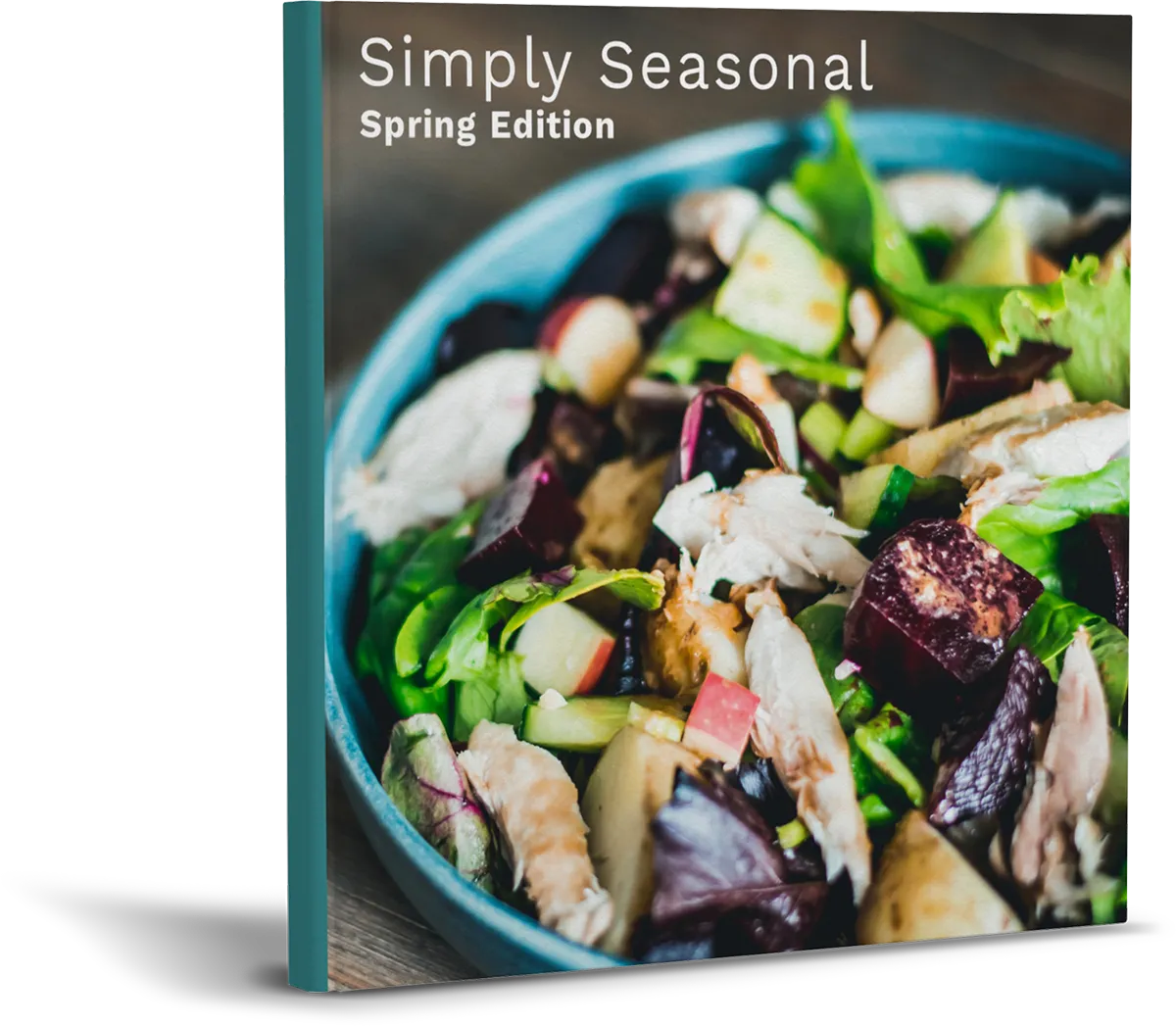In this article we look at emotional eating, how to raise awareness and some tactics to help you overcome emotional eating habits that often lead to yo-yo type dieting and an inability to achieve your health and physique goals.
Self-soothing is a concept whereby we use certain methods to regulate feelings. One of those methods in a large majority of the population is food. Food can act as a tool to regulate strong emotions like sadness, loneliness and anger etc.
We all differ in challenging situations; some of us are able to look on the bright side of challenging situations, some confide in friends about certain emotions/feelings and some of us use food.
From a very young age food is used as a powerful tool to help soothe. Think of yourself as a child or look at children around you. When they are angry, sad, or frustrated, food is often used as a way to bring them back to balance.
Attachment theory suggests that our primary caregivers are the first to teach us self-soothing skills. This can come in the form of calming words, a hug, specific movements such as rocking, kissing where you have banged your elbow and perhaps even giving you a lollypop to help you get over it!
It is these self-soothing tools that we often tap into at an older age, or we begin to use our own tactics learnt through trial and error.
Why eating is one of the most common self-soothers
- Eating is often associated with good times and celebration; thus we often go to food to counter negative feelings we might be experiencing.
- Biochemical changes. High carb foods especially have the capability of lowering stress hormones and changing neurotransmitter levels, enhancing the mood boosting neurotransmitters like serotonin and dopamine. Studies on rats have shown when they are injected with stress hormones they eat more sugar.
- Comfort foods. There are certain foods that are more soothing than others, perhaps because of past experiences where we have used foods to make ourselves feel better.
- Eating diverts attention. Essentially when we eat it is a simple strategy to quickly divert our attention away from whatever is really bothering you.
- Breaks boredom. Food can break boredom by being an engaging task, thinking about what to eat, jumping from cupboard to fridge, back to cupboard again. Deciding what to eat gives you a purpose and distracts away from other feelings/emotions.
- Conditioning. As mentioned above, negative feelings as a child may have been met with food. Even as a very young infant, bottles of food are often used to calm a baby even when perhaps rocking, singing or going for a drive might have done the trick. At that age whatever emotions were being experienced at the time may lead to an association with a specific type of food.
- Habit. Often times of self-soothing through eating is not a result of any one thing, it is an accumulation of behaviours that have become habits.
Check out this interesting Ted Talk by Judson Brewer on habit formation and habit breaking.
Unfortunately, we are exposed to increased stress and responsibility every day of our lives, and food has become a major tool to help balance that. We are surrounded by food constantly, whether at home, at work or out and about, the abundance of food is astonishing.
When it comes to self-soothing we are often looking for immediate solutions, thus fast food/convenience/stimulating foods are high on the agenda. This usually means one or a combination of sugar, fat, alcohol and caffeine.
These foods can then trigger negative emotions and guilt that result in a need to self-sooth once again.
Have you ever felt irritated, frustrated or emotional in some way, used food to help counter that, then preceded into negative self-talk about how you should not have eaten those “bad” foods and then continued on to bully yourself, lowering your own self esteem even further?
Addictions to drugs, alcohol and certain foods I believe are contributed to by an inability to self-sooth effectively.
Changing your self-soothing relationship with food
Initially it should be advised just to increase awareness/mindfulness around food. At first just observe your habits around food, don’t try to change any behaviours to begin with.
Observe your thoughts and emotions when you eat meals or go reaching for food away from mealtime?
Perhaps even keep a food dairy, detailing what you eat and when and what your thoughts and emotions were at the time of eating a food.
Here is a food, symptoms and emotions food diary template you might find useful.
You may even want to note down when you crave certain foods, what they are and what emotions you are experiencing.
Note if you see a pattern within your diary. Are there certain times of the day, week or month that trigger specific feelings that lead you to craving certain foods? Are their specific situations, people or circumstances that trigger feelings/cravings around food?
What next?
Observing will give you a better sense of why you are seeking comfort from food. Once you are aware you can start to think about making specific changes to help prevent these cravings which are sabotaging your efforts to improve your eating habits, improve your heath or change your physique.
Below are some tactics you might find useful when shifting away from emotional eating.
Use a journal
Record emotions; write down what is bothering you. If it occurs constantly look at how you can change your behaviour or environment to prevent those emotions from occurring in the first place.
This may not be something you can overcome by making one behaviour change, thus small realistic changes in behaviour that result in a specific end goal outcome are what you should aim for.
Meditation and Mindfulness
Consider how meditation and mindfulness practice could support you. I find a lot of people benefit initially from support with learning mindfulness and meditation with a teacher, I know I certainly did. You can check out my colleague David’s work if looking for some one-2-one support and see his programs that he offers my clients.
You can even use the mealtime meditation that David has created for us:
Practice diaphragmatic breathing
Diaphragmatic breathing is a technique that can stimulate the parasympathetic nervous system, the opposite response to the fight or flight response.
Belly breathing like this can have a calming effect on the body and allow you to become centred again, but you may even consider scheduling some breathing / meditation type activities at times where you have discovered a need to self-sooth.
Belly breathing like this can have a calming effect on the body and allow you to become centered again, but you may even consider scheduling some breathing/meditation type activities at times where you have discovered a need to self-sooth.
Take a mindful walk
Going for a walk, especially in fresh air can be a very effective tool of self-soothing. Walking is almost like a form of meditation, a time where you can be with your own thoughts, balance emotions and move on.
Exercise
Similar to walking and breathing exercise can be used as a tool. Just be a little careful with intensive exercise though as it too can become an overused self-soothing tactic leading to inappropriate levels of exercises. Many clients have reported to me how they go from exercising 6-10 times per week to no exercise and binge eating. In these individuals exercise and food is being used to self-sooth, and deeper emotions are the trigger for these behaviours.
Music
Music is a great tool that we can use to positively affect our emotions. Once you are aware of an extreme emotion or a trigger to emotional eating, note it and use music to help soothe. I regularly use calming music or even music that triggers positive emotions.
Stretch
Static stretching or some form of yoga can be a very good tool to help relieve stress and to break up the day, changing the mindset you have found yourself in.
Static stretching has also been shown to reduce stress hormones when elevated.
If there is a single most important step to begin with, then it is to increase your awareness around your eating habits.
Contact Steve Grant Health
To learn more out how Steve Grant Health can assist you on your journey, please fill out the enquiry form below.
Please note that depending on your specific circumstances and goals, Steve may recommend that you work with one of the specialist practitioners within his network of trusted professionals.
If you have been referred by a clinician, please complete the form and ensure that you state who has referred you or have your practitioner email Steve direct to make a referral that way.
Click the button below to open the client enquiry form:
[widgetkit id=”643″]









